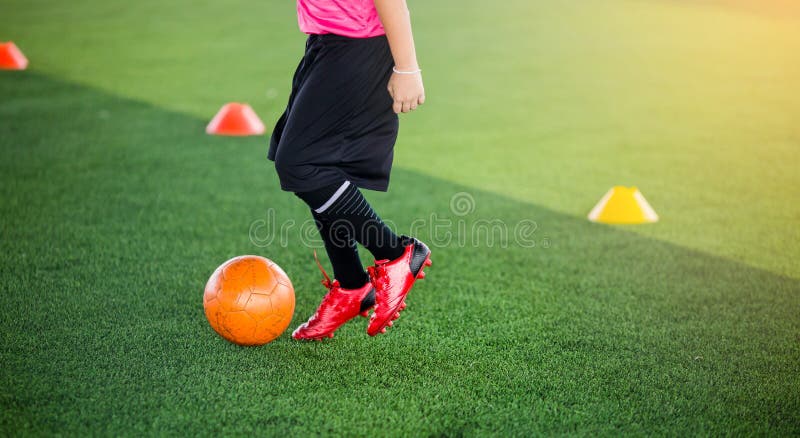

These studies involved a total of 347 subjects, who were active in sports participation or competition before the injury.

Table 1 summarises the characteristics of the participants, the surgical and rehabilitation information, the intervention, the key outcomes, and the key findings of the nine studies.

Two studies were conducted for elite athletes at provincial or international levels. All nine studies were prospective, while six were prospective randomised controlled trials, and three were prospective randomised clinical trials. Of the nine studies, none investigated the effects of secondary prevention programmes on the ACL re-injury rate in athletes, while all of them assessed the influence of these programmes on the modification of risk factors for a second ACL injury in athletes. As muscle strength, neuromuscular control, and joint proprioception are essential factors contributing to the dynamic stability of the knee joint and are much impaired after an ACL reconstruction, exercises or training may be required to restore knee stability and function after a standardised rehabilitation programme. The altered neuromuscular timing and recruitment can lead to dynamic knee valgus stress in the lower limb it has also been reported that female athletes show four times greater activation of their hamstring muscles than males during knee dynamic stress motion. Quadriceps femoris muscle strength asymmetries may be associated with gait asymmetries, impaired alignment of the hip and knee, and alteration in knee biomechanics. The factors contributing to a higher risk of a second ACL injury include limb asymmetry in muscle strength and functional performance, neuromuscular impairments, psychological factors such as fear of re-injury and poor self-efficacy, and proprioceptive loss.
#Soccer tuck jumps registration#
(PROSPERO Registration number: CRD42021291308).

Future research is needed to investigate the effectiveness of secondary ACL prevention in reducing the re-injury rates. The existing evidence suggests that neuromuscular training, eccentric strengthening, and plyometric exercises may have a potential impact on improving biomechanical, functional, and psychological outcomes in athletes however, the studies on the prevention of second ACL injury in athletes is scarce and inconclusive. Studies investigating secondary prevention of ACL were searched in PubMed and EBSCOhost, followed by a review of the references in the identified articles. The aim of current review is to determine if current ACL secondary prevention training has a positive influence on the re-injury rate, the clinical or functional outcomes, or the risk of re-injury in athletes. Primary ACL prevention programmes are well developed, yet few research papers focus on secondary ACL injury prevention.
#Soccer tuck jumps full#
After reconstruction, the return to full competition rate of athletes is low, while the re-injury rate remains high despite the completion of a rehabilitation programme.


 0 kommentar(er)
0 kommentar(er)
